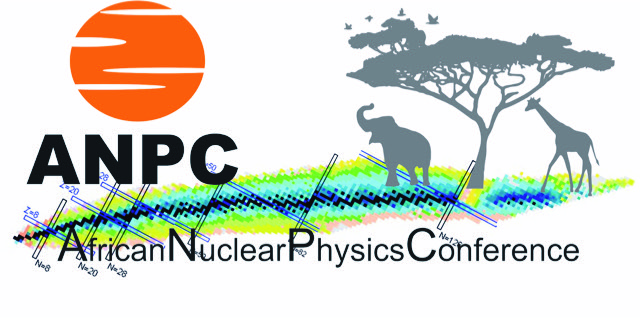Speaker
Description
Beside the Giant Dipole Resonance (GDR), many nuclei show the feature of additional low-lying electric dipole (E1) strength below and around the particle separation energies, which is usually denoted as Pygmy Dipole Resonance (PDR) [1]. The existence of the PDR in nearly every studied nucleus and the smooth variation of its properties lead to the assumption that the PDR is a newly discovered collective mode. While some of the gross characteristics are reproduced by different theoretical model descriptions, its detailed structure and the degree of collectivity are a matter of ongoing discussions.
Most of the so far available experimental data has been obtained in photon induced reactions or coulomb excitation [1]. Photon-induced reactions alone are, however, not sensitive to the structure of the E1 excitations. We have therefore started a campaign to provide additional experimental data using complementary probes or observables. For the semi-magic nucleus 140Ce we have combined the results from experiments using the (g,g’), (a,ag’) at E = 134 MeV and (p,pg’) at E = 80 MeV reactions, the letter one is the first time this reaction has been used at this energy to investigate the PDR [2]. In addition, recently the decay properties of the PDR in 140Ce have been determined for the first time with high precision using the novel gamma3 setup at HIgS [3]. For each experimental reaction and observable corresponding calculations have been performed within the Quasi-particle Phonon Model (QPM), i.e. all observables are compared simultaneously based on the same wave functions. This multi-messenger investigation provides a comprehensive test of the quality of the theoretical model [2]. The results for 140Ce and an outlook to further investigations will be presented.
- D. Savran, T. Aumann, A. Zilges, Prog. Part. Nucl. Phys., 70, 210 (2013).
- D. Savran et al., Phys. Lett B 786 (2018) 16
- B. Löher et al., Phys. Lett. B 756 (2016) 72

